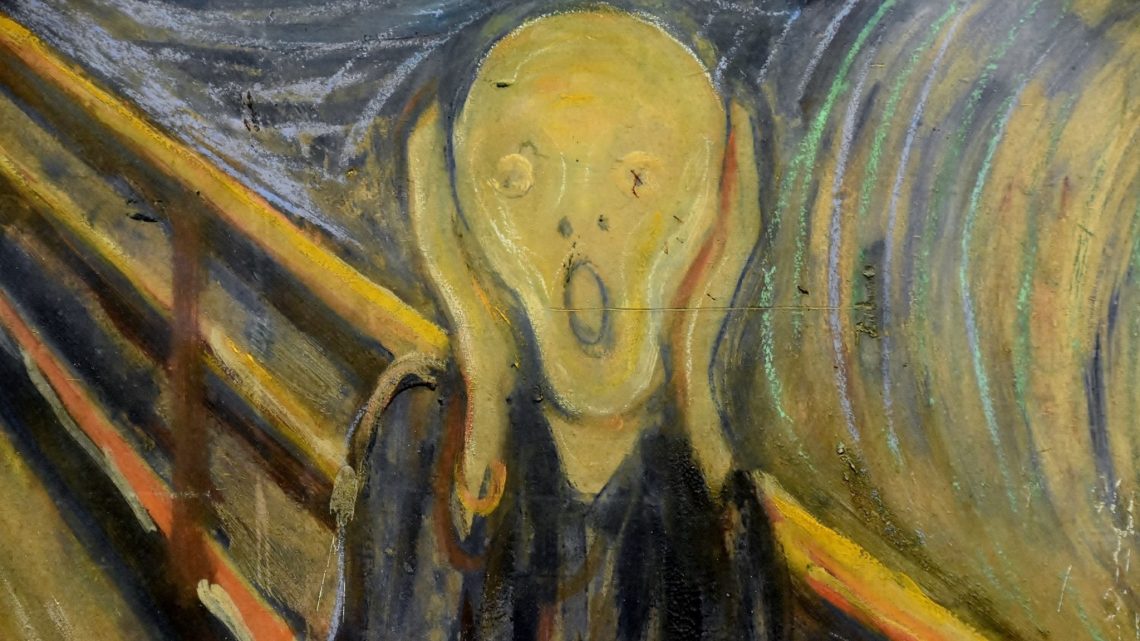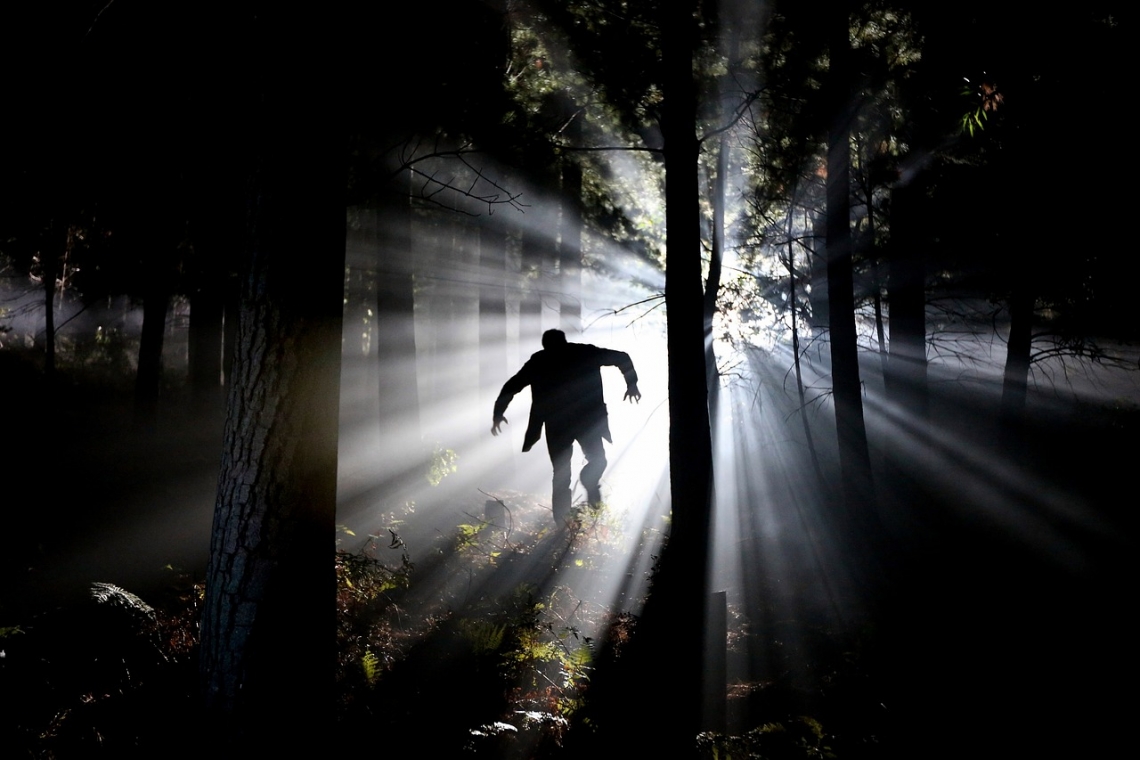
Drawn To The Abyss: Understanding Our Fascination With Fear
Fear lies at the core of our emotional repertoire, and most of us can agree that it is not associated with rainbows and friendly blue skies. Yet while some would rather do anything other than watch a horror film, others—myself included—always seek out the thrill of watching a favourite horror classic or riding the scariest roller coaster. It is quite interesting that, while fear is a universal human emotion, its reception varies greatly between individuals. Which begs the question: Why do some willingly indulge in activities that produce fearful emotions? In order to explore this question, we must first define fear.
Our current understanding of the concept of fear comes from research by scientists and philosophers dating back to the beginnings of human civilization. While it is not comprehensive, much progress has been made to understand this basic human phenomenon. However, given that fear is studied in so many disciplines, various definitions have arisen. In psychology, fear is defined as an emotional response induced by a threat, which results in changes in brain and organ function that lead to behavioural changes. On the other hand, philosophers emphasize the emotional elements of fear and argue that it arises as a result of uncertain situations, where individuals lack control.
Currently, neurologists are providing some of the most concrete explanations that have shed light on how fear works. In neuroscience, fear is defined as a natural response to a threat. Recent research supports the theory that the variation in our fondness of fear comes from the fluctuating degree of chemical responses to frightful situations. During thrilling activities, a great amount of dopamine—best known as the “reward” chemical—is released. Dopamine is a type of neurotransmitter, which is a chemical substance released by neurons to perform various functions. In some, more dopamine is released during these experiences. So, for these individuals, a horror film will be more enjoyable as compared to those experiencing less dopamine release. However, dopamine is not the only chemical released during a fearful response. Endorphins, which are naturally occurring endogenous chemicals in the body that are responsible for many pain-killing effects, are currently being researched in their influence on one’s predilection for fear.

Another explanation comes from our differing abilities to exploit the classic “fight or flight” system. Physiological changes initiated by the brain during “fight or flight” can be overcome upon realizing we’re in a safe environment. This makes sense in the case of watching a horror film, where research has shed light into how visual depictions of scary situations can trigger this response. For instance, seeing a frightening image will trigger the release of neurotransmitters to the amygdala, the emotion processing centre, and the prefrontal cortex, where conscious evaluation of the real danger takes place. It is theorized that the amount and manner by which neurotransmitters are released in the prefrontal cortex is different in those who enjoy thrilling experiences. Exactly how this happens is yet to be confirmed.
Instead of narrowing down the study of fear to the level of neurotransmitters, some researchers believe that much of the explanation comes from an understanding of the psychological and social aspects of the experience. Psychologists have shown that surviving a fearful experience can boost one’s self esteem and self-confidence. This can explain why superhero movies are so entertaining and enticing to watch for both thrill-seekers and avoiders. It enables us to place ourselves in the shoes of superheroes—who battle and face their worst fears—which can translate to a rise in self-esteem.
Given all these reasons, it can be said that some people are more biologically built for fear than others. However, this does not mean that non thrill-seekers would never go on a roller coaster or watch a scary movie. Enjoyment of fear exists in a spectrum, with many potential variables that influence the outcome of either running away or towards fearful experiences. After all, testing the boundaries of your tolerance might just lead to some very interesting stories to tell.
You May Also Like

Top 4 Benefits Of Having A Life Coach
2022-04-18
Are Psychopaths Really More Intelligent Than the Rest of Us?
2021-08-30

